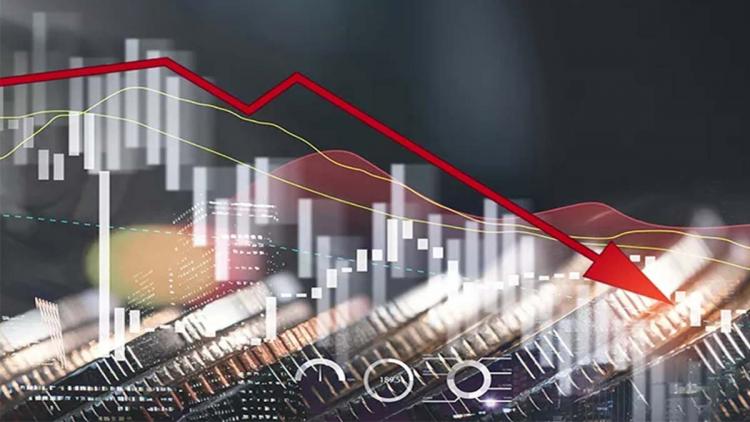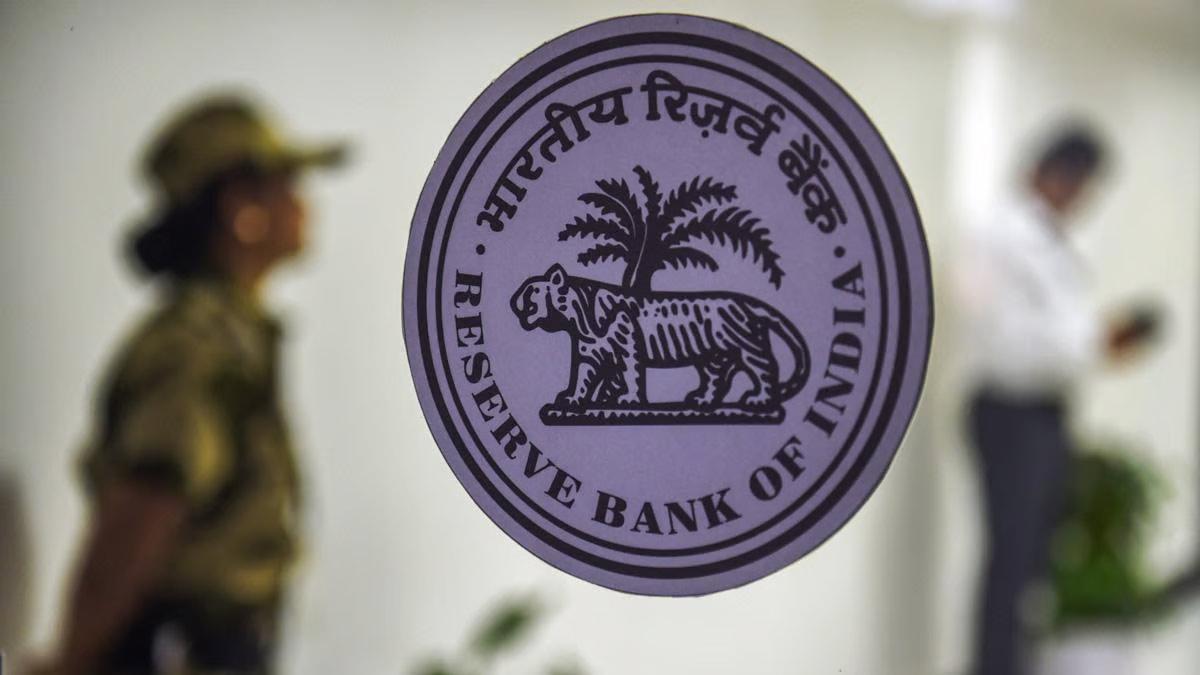The escalating global debt, a consequence of the COVID-19 pandemic, has become a major cause for concern, reaching a staggering USD 92 trillion, equivalent to around 92 percent of the global GDP in 2022, according to a recent report by credit rating agency CareEdge Ratings.
Of this enormous global public debt, nearly USD 19 trillion, or roughly 20 percent, has accumulated since the onset of the pandemic in 2020. Projections from the International Monetary Fund indicate that this global public debt is expected to surge even further, reaching USD 132 trillion by the year 2028.
The report by CareEdge Ratings delves into the consequences of this surge in global debt, particularly examining the post-2008 Global Financial Crisis debt cycles. The findings reveal that the rapid increase in debt levels following the COVID-19 pandemic has led to a steady rise in the quantum of debt distress, elevating the risk of defaults, particularly in low-income countries.
Mehul Pandya, Managing Director and CEO of CareEdge Group, highlighted the impact of this surge, stating, "There has been a sharp rise in debt levels across Advanced and EMDEs post the pandemic. Many of the advanced economies, even with high debt levels, enjoyed low debt servicing cost due to low interest rates in the past. But now, with interest rates expected to remain higher for a longer period, they will feel the pain of rising debt servicing cost."
Rajani Sinha, Chief Economist at CareEdge Ratings, emphasized the remarkable and rapid ascent of global debt, stating, "The recent surge in global debt has been remarkable both in its rapid ascent and sheer volume. With the sharp rise in debt levels, the quantum of debt distress has also been rising steadily. Since 2020, about 19 economies have either defaulted on their debt obligations or restructured debt with 7 in 2022 alone."
Sinha also highlighted the impact of increased Chinese loans, contributing to the debt vulnerabilities of recipient countries due to higher interest rates and a lack of transparency in loan terms and conditions. The findings underscore the challenges posed by the current global debt scenario and the need for strategic measures to address the potential risks and consequences.
(With Agency Inputs)
Read also| Valuations in mid & small cap segments are excessive, warn analysts
Read also| Nifty Records Largest Single-Day Decline in a Year on Wednesday


















